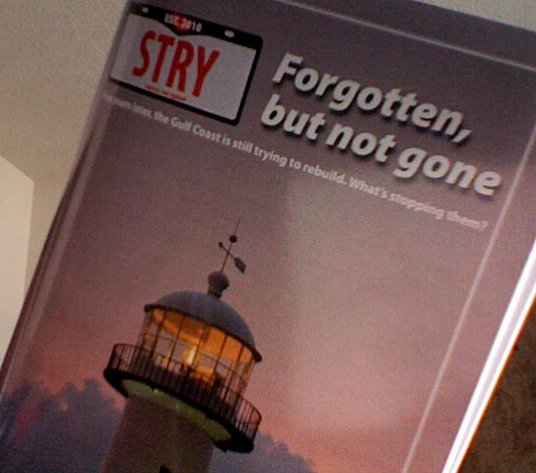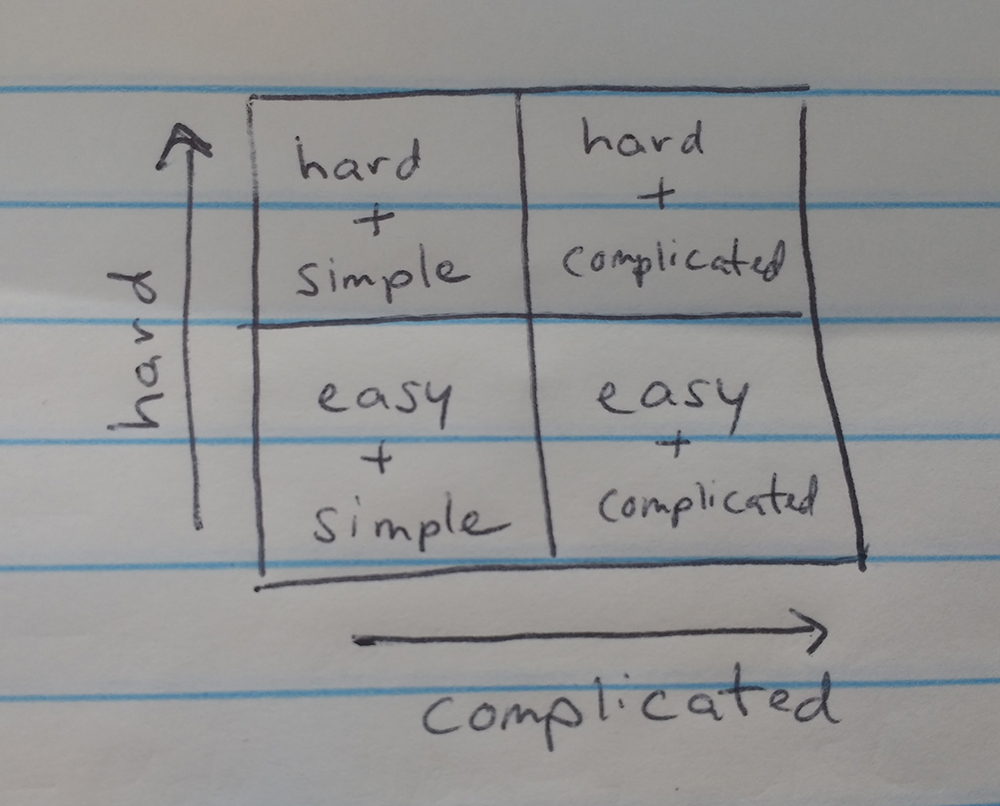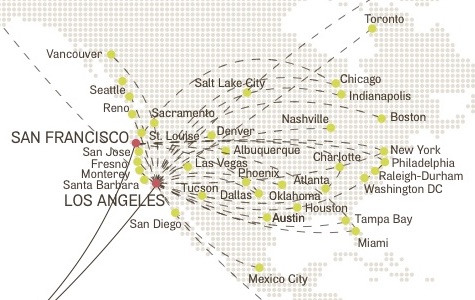When you need to hug everyone at once but you only have two arms. pic.twitter.com/JdMMnZ9Unp
— NHL GIFs (@NHLGIFs) May 24, 2018
In the waning moments of Game 5 of the Eastern Conference Semifinals, with my Washington Capitals leading the Pittsburgh Penguins, and the team just one game away from advancing to the next round of the playoffs, Caps radio announcer John Walton said a wonderful thing on the radio:
“It’s OK to believe,” he said.
If you’re a Capitals fan, that was easier said than done. The Capitals had been around for 43 seasons. They had made the playoffs in 28 of those seasons — but prior to this season, had only made one Stanley Cup Finals. In 10 of those seasons, the Capitals had held either a 3-1 or 2-0 series lead in a playoff series — a commanding lead by hockey standards — and lost. No team in NHL history compared when it came to playoff collapses.
And yet, there was John Walton on the radio, reminding all of us: “It’s OK to believe.” I think we all needed that reminder — we’d been through so many playoff losses that the idea of a win seemed almost impossible.
The next game, Game 6, on the road, in overtime, the Capitals finally broke through and beat Pittsburgh.
In the next round, down three games to two, the Capitals won two in a row — shutting out Tampa Bay in both games — to secure a place in the Finals.
And then, after going down 1-0 to Vegas, against a team that hadn’t lost three games in a row all season, the Caps won four consecutive games to win the Stanley Cup.
I still can’t believe it: The Capitals are Stanley Cup champions! Caps fans have been through so much over the years: We were told our team didn’t play hard enough, or were too unlucky to break through. Whatever the case, the team always seemed to lose — until they broke through, shed their playoff baggage, and changed the narrative forever.
I keep thinking back to what John Walton said during the Pittsburgh series. You were right, John: It really is OK to believe.
It’s OK to believe to believe that you can do something great.
It’s OK to believe that all the work you’ve been putting in might lead to something big.
It’s OK to believe in the team around you — even if others have their doubts.
It’s OK to believe that your best work is still ahead of you.
It’s OK to believe that this time will be different.
It’s OK to believe in something that nobody else sees — and to be willing to sacrifice something for the opportunity to prove yourself.
There is so much that goes into being successful at the highest level. You need the team, the resources, and a lot of luck — but the Caps just proved it:
It’s OK to believe.










